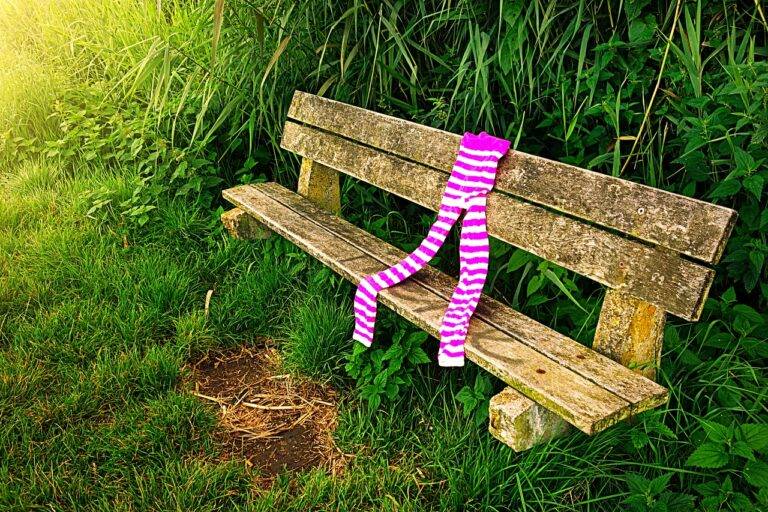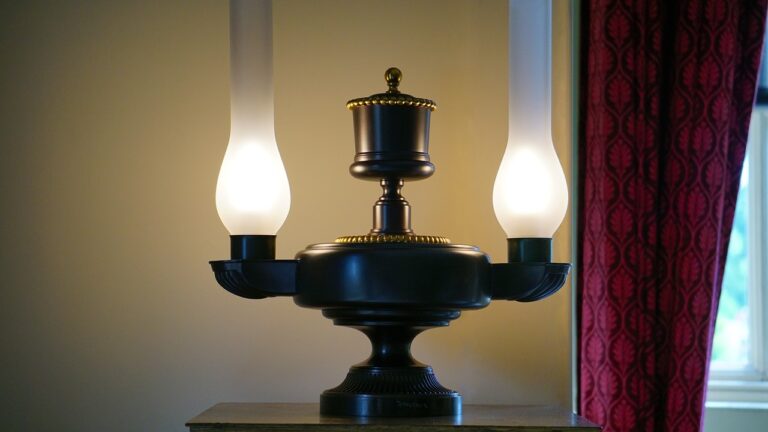Exploring the Art of Japanese Tea Ceremonies: Laser247, Lotus365, Sky247 login
Laser247, lotus365, sky247 login: Japanese tea ceremonies, also known as chanoyu or chado, are a traditional Japanese art form that has been practiced for centuries. These ceremonies are not just about drinking tea but are a complex and highly ritualized experience that encompasses every aspect of life in Japan. In this blog post, we will explore the art of Japanese tea ceremonies and discuss their cultural significance.
History of Japanese Tea Ceremonies
The Japanese tea ceremony has its roots in Zen Buddhism and was first introduced to Japan in the 12th century by Buddhist monks. It was originally a simple ritual used by monks to promote mindfulness and concentration. Over time, the tea ceremony evolved into a highly elaborate and formalized practice that became an integral part of Japanese culture.
Elements of a Japanese Tea Ceremony
A traditional Japanese tea ceremony involves several key elements, including the host, the guest, the tea room, the tea utensils, and the tea itself. Each element is carefully chosen and arranged to create a harmonious and meditative atmosphere.
The host of the tea ceremony is responsible for preparing and serving the tea, while the guest is expected to observe the etiquette and ritual of the ceremony. The tea room is typically a small, intimate space designed to create a sense of tranquility and focus.
The tea utensils used in a Japanese tea ceremony are also carefully selected and maintained. These utensils include the tea bowl, the tea whisk, the tea scoop, and the tea caddy. Each utensil has its own symbolic significance and is an essential part of the ceremony.
The tea itself is also an important element of the ceremony. Japanese tea is typically a powdered green tea called matcha, which is prepared by whisking the tea powder with hot water until it forms a frothy and bright green liquid. The tea is then served to the guests in small ceramic bowls.
Cultural Significance of Japanese Tea Ceremonies
Japanese tea ceremonies are more than just a way to enjoy tea; they are a reflection of Japanese culture and values. The tea ceremony emphasizes harmony, respect, purity, and tranquility, which are all important virtues in Japanese society.
FAQs
Q: What is the purpose of a Japanese tea ceremony?
A: The purpose of a Japanese tea ceremony is to promote mindfulness, harmony, and respect through the ritual of preparing and serving tea.
Q: How long does a Japanese tea ceremony last?
A: A traditional Japanese tea ceremony typically lasts for about two to four hours, depending on the complexity of the ritual and the number of guests.
Q: Can anyone participate in a Japanese tea ceremony?
A: Yes, anyone can participate in a Japanese tea ceremony, but it is important to observe the etiquette and protocol of the ceremony.
In conclusion, Japanese tea ceremonies are a beautiful and intricate art form that embodies the spirit of Japanese culture. By experiencing a tea ceremony, one can gain a deeper appreciation for the rituals and traditions that have been passed down through generations. So next time you have a cup of tea, take a moment to savor the experience and reflect on the beauty of Japanese tea ceremonies.







